By putting a huge umbrella into space, we could come closer to finding extraterrestrial life
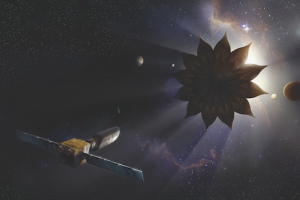 FutureTech
FutureTech

 FutureTech
FutureTech
By putting a huge umbrella into space, we could come closer to finding extraterrestrial life
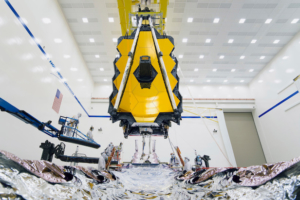 Astronomy
Astronomy
This next-generation space telescope, due to launch in 2021, will detail our solar system and beyond into the cosmos
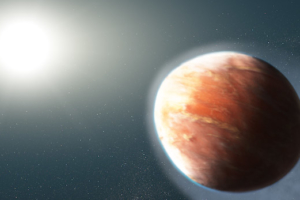 Deep Space
Deep Space
The hot-Jupiter WASP-121b has metals such as iron and magnesium flee the host planet due to its weak gravity
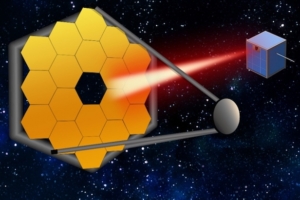 Space Exploration
Space Exploration
With the proposal for enormous space telescopes becoming more serious, engineers suggest using tiny satellites as ‘guide stars’ for any future telescope
 News
News
The analysis estimates the formation rate of stars and provides a reference for future missions that will explore the still-murky early days of stellar evolution
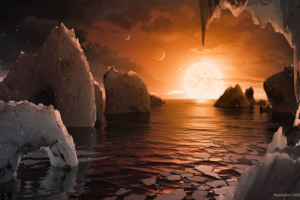 Deep Space
Deep Space
Rigorous modelling was conducted of the TRAPPIST-1 system, focussing on the chemistry and radiation of the environment
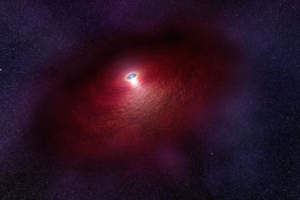 Deep Space
Deep Space
The observation could help astronomers better understand the evolution of these collapsed stellar cores
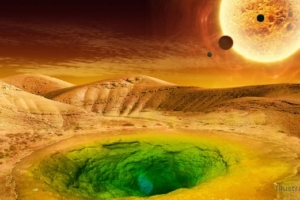 Deep Space
Deep Space
Researchers in astronomy, biology and geology have come together in the search for life on distant planets
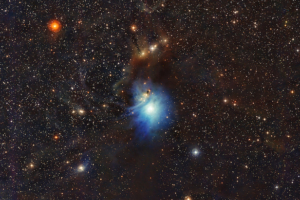 Astronomy
Astronomy
One of the James Webb Space Telescope’s preliminary missions will be to search for water in a nearby star-forming region
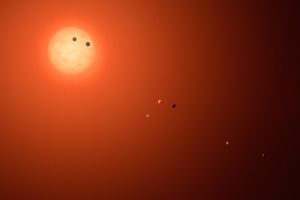 Deep Space
Deep Space
Three Earth-sized exoplanets orbiting TRAPPIST-1 lack hydrogen in their atmospheres, which could be a good sign for its habitability
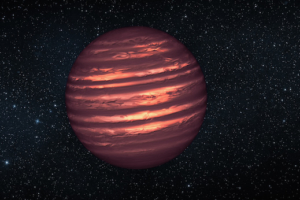 Deep Space
Deep Space
Astronomers hope to understand the elusive object that forms a bridge between stars and planets
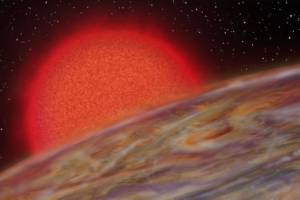 Deep Space
Deep Space
Since astronomers first measured the size of an extrasolar planet 17 years ago, they have struggled to answer the question: how did the largest planets get to be so large?
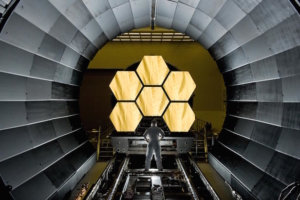 Astronomy
Astronomy
After much consideration, the next-generation instrument will observe 13 targets in its first five months of scientific observations
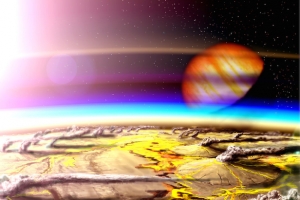 News
News
Hydrogen pouring from volcanic sources on planets throughout the universe could improve chances of locating life in the cosmos
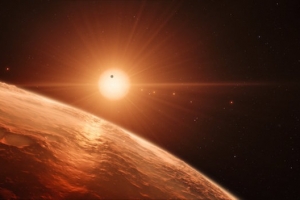 News
News
The system has both the largest number of Earth-sized planets yet found and the largest number of worlds that could support liquid water on their surfaces
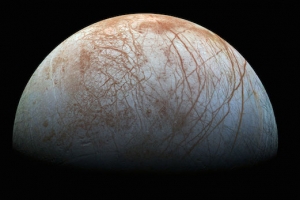 News
News
Missions may be able to sample the Jupiter moon’s ocean without having to drill through miles of ice
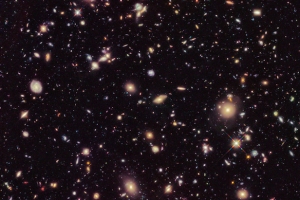 News
News
Astronomers have obtained the most precise measurement yet of how fast the universe is expanding at the present time
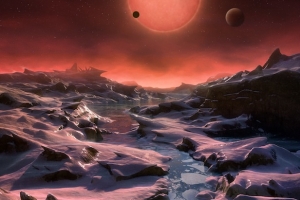 News
News
Similar in size and temperature to Venus and Earth, the exoplanets are the best targets so far in our search for life
 News
News
Don’t miss the transit of Mercury with our complete guide to the rarest astronomical event of the decade
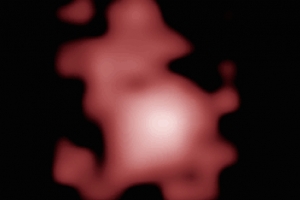 News
News
Astronomers have shattered the cosmic distance record by measuring the farthest galaxy ever seen in the universe